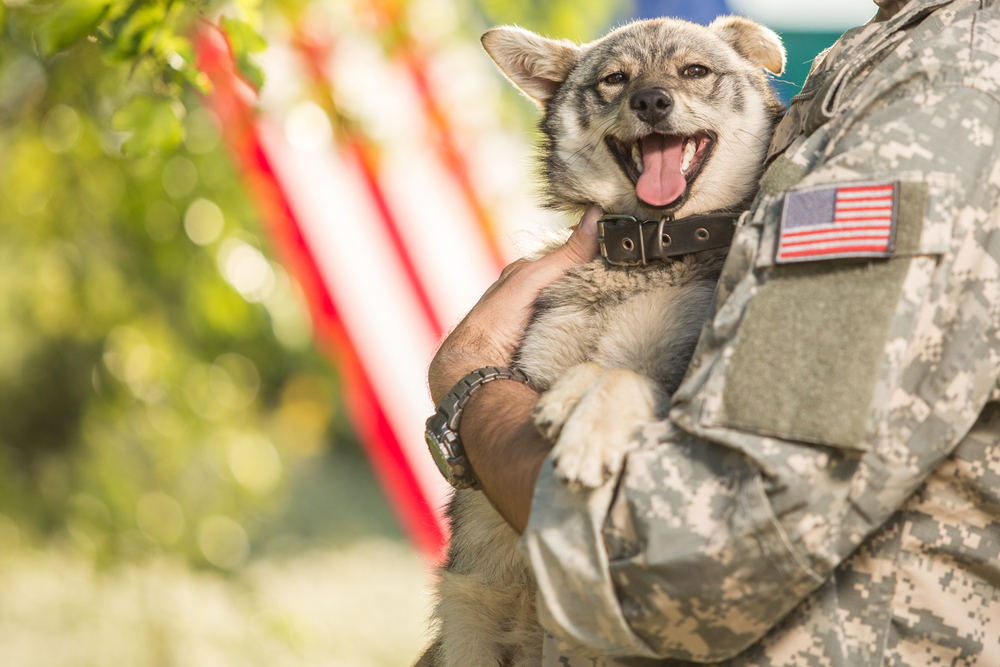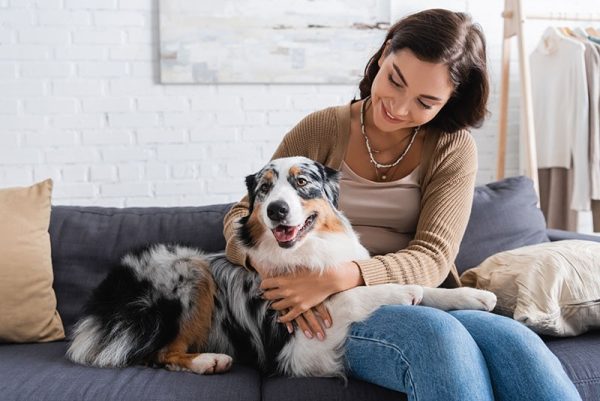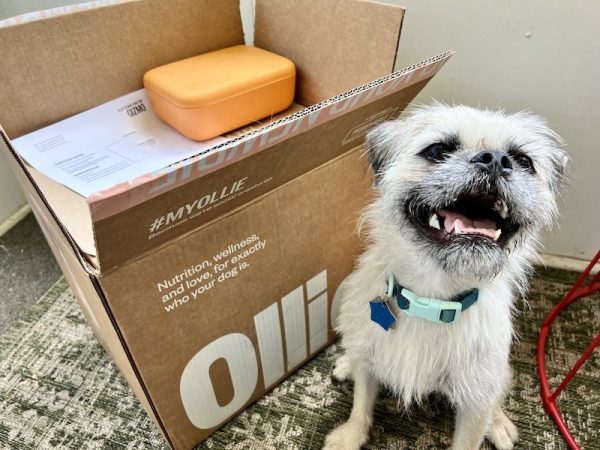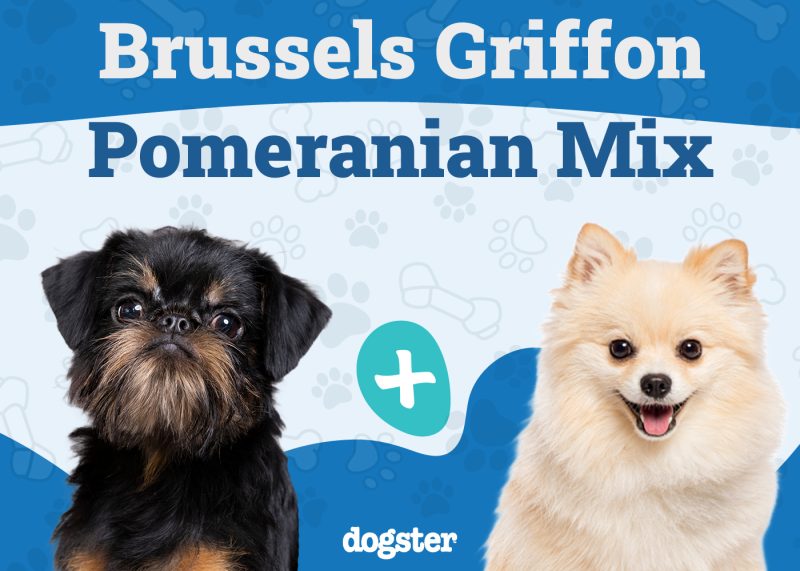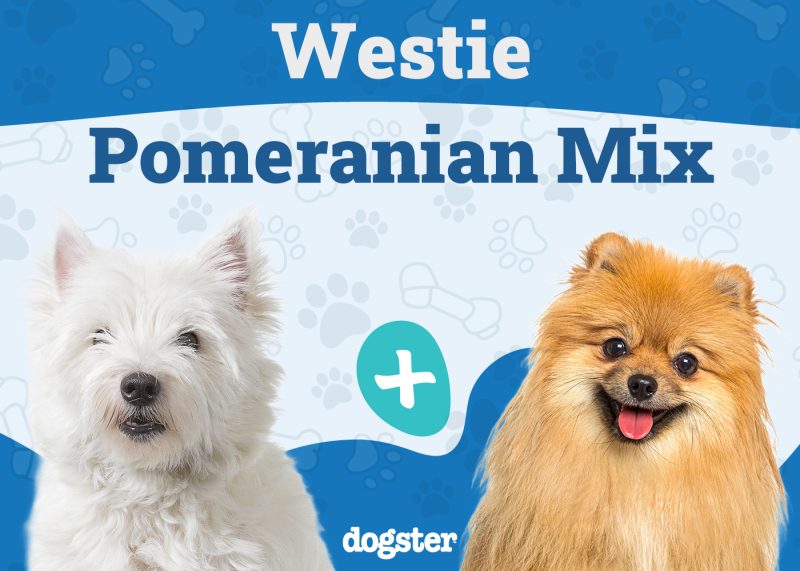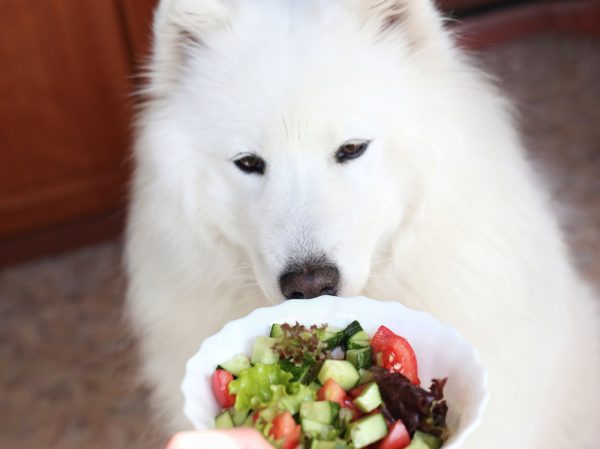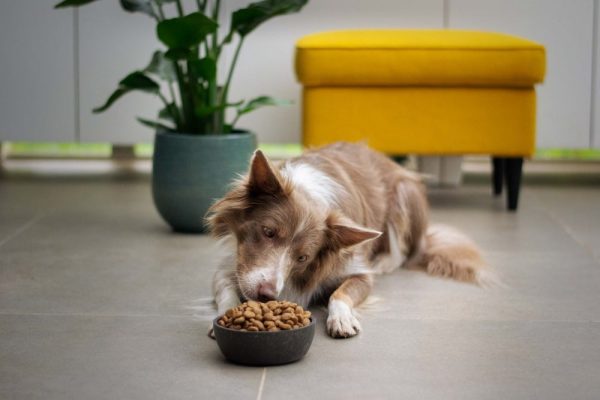In this article
Psychiatric Service Dogs (PSDs) are specially trained dogs that help to assist their handlers with at least one task. They are different from emotional support animals in that they are granted public access. PSDs are extremely invaluable dogs that assist people with mental illnesses in numerous ways. Some of the things they can be trained to do include alerting to anxiety attacks, providing medical assistance or medication reminders, bringing their owners back to the present, providing a physical barrier for their owner’s personal space, and waking people up from night terrors.
Fully trained service dogs can cost tens of thousands of dollars, even from non-profit organizations. It’s not uncommon for people to train their own service dogs, but you will need some advanced dog training skills. If this doesn’t sound like you, you can use online courses or reputable dog trainers. An Australian study showed that all psychiatric service dogs were trained by the owner, with or without the help of a trainer.
In this article, we will provide some guidelines for molding your perfect assistance dog from puppyhood and discuss what it means to be a psychiatric assistance dog.

The 8 Tips For Training A Psychiatric Service Dog
There are a few ways to go about getting a PSD. Adopting a PSD is one of the easiest ways, but they’re often very expensive, and you can end up being placed on a waiting list. Training one on your own can be one of the most cost-efficient ways, but you must be prepared to spend a lot of time and commitment on training.
1. Find the Right Dog
While it’s possible for any dog breed to become a PSD, certain dog breeds tend to be better candidates than others. This is because they tend to have temperaments that are a better fit for PSD tasks. When looking for a PSD candidate, it’s important to look for dogs that are sociable and sensitive to human emotions. They should also have a calm temperament and not be easily distracted. They should have a good work ethic and be intelligent enough to learn the tasks required.
For dogs needing to perform physical tasks like blocking people, you should consider the dog’s size. While bigger is not always better, it really depends on your goals.
Typical dog breeds that end up being successful PSDs include Labrador Retrievers, Golden Retrievers, German Shepherds, Poodles, Boxers, Great Danes, Border Collies, Bernese Mountain Dogs, Pomeranians, and Portugese Water Dogs.
Since training your service dog is a big investment, you want to ensure your pup is bred for a high standard of health and temperament. You should avoid backyard breeders and instead use a registered breeder, with parents of excellent temperaments, and health screening as advised by The Canine Health Information Center.
2. Good Early Socialization
Now that you have a canine with outstanding potential, you need to raise them into a confident and well-adjusted dog. The critical socialization period in puppies, from ages 3 to 14 weeks, represents a window where your pup is open to new experiences. Once this window closes, your dog can become fearful of new things, unfortunately leading to behavioral problems later in life.
Service dogs need to be comfortable in unfamiliar situations. As pups, you need to expose them to different people, places, car rides, noises, grooming, vet visits, other animals, and everything else you can think of. Most importantly, your pup’s experience should be positive. Negative experiences can leave lasting impressions on puppies, so get out the treats and let your pup’s behavior guide you on how to proceed.
Talk to your vet about safe outings for your puppy, but experts recommend that they meet at least 5 to 10 new people and experience one new area every week. You don’t need to force your dog to interact with other dogs; in fact, it’s better to avoid this unless you know the dog is friendly. Simply tolerating the presence of other dogs is enough for most service dogs.
3. Learn Non-Aversive Training Techniques
Training a service dog can only work through non-forceful techniques. Providing detailed instructions is beyond the scope of this article, but some behavior concepts to learn about, which will help you on this journey, include:
- Positive reinforcement: Giving rewards to reinforce desired behavior
- Negative punishment: Taking away rewards to reduce undesired behavior
- Capturing: Rewarding desired behavior when offered spontaneously
- Luring: Using something your dog naturally follows to achieve a desired behavior
- Shaping: Rewarding closer approximations to a desired complex behavior
- Premack principle: Using a desirable situation to your advantage to reinforce a desired behavior
- Extinction: Fading of non-reinforced behavior over time
- Habituation: Learning not to respond to something with repeated exposure
4. Consistency and Timing
It’s important to have realistic expectations when training your dog to become a PSD. It’s going to take some time for your dog to learn basic obedience skills, pass a General Public Access Test, and learn specific tasks for mental health needs.
Consistency is going to be crucial with training. Training your dog multiple times a day will help them to remember all the things that they’ve been learning more quickly. Make sure also to keep training fun in order to keep your dog interested. Use treats and plenty of praise and other rewards to encourage your dog. The timing of delivering the reward is important so your dog understands which behaviors lead to the desired outcomes.
If you sense that your dog is getting bored at any time, it’s helpful to take a break and reduce the duration of training sessions while increasing the frequency of sessions throughout the day.
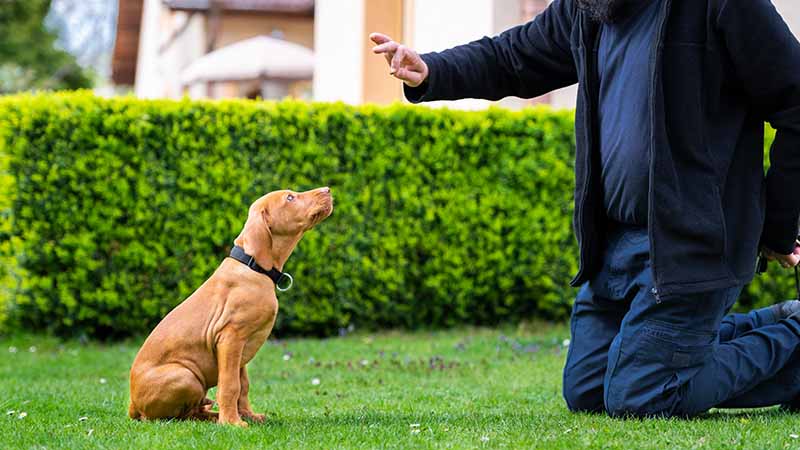
5. Train in a Variety of Places
Dogs often need to be trained to perform the same tasks in different environments and situations to learn that the same training rules apply to all situations. Taking dogs to different places indoors and outdoors will help them get used to all kinds of surroundings. Adding distance and distractions into your training routine will cement your dog’s lessons. However, if they are not coping with lots of distractions, start with just a few and build their tolerance gradually.
6. Keep a Training Log
Keeping a training log will help you to track the progress of your dog’s PSD training. A training log will include the frequency and duration of training sessions you have each day. It’s also helpful to make quick notes about how well your dog is performing a skill or how quickly they’re learning a new skill. This will help you to make any necessary adjustments to your training. A training log should also record your dog’s rate of success with each task. This is helpful in determining if your dog has adequately learned a skill or still requires some additional training.
7. Train for General Public Access Test
PSDs are protected under the Americans with Disabilities Act (ADA). This act, not a qualification, grants a service dog access to public spaces. While there aren’t specific requirements that dogs must meet to be categorized as PSDs, the ADA does state that PSDs must be trained to help people complete tasks that they wouldn’t be able to do on their own, remain under control and non-disruptive, and be potty trained.
Dogs don’t have to pass specific tests or receive certifications to qualify as a PSD. However, as a general rule of thumb, your dog should be able to pass a General Public Access Test. General Public Access Tests are a standard that proves your dog is ready to be granted public access.
They examine your dog’s ability to follow basic obedience commands and test for additional skills. Some examples include dogs being able to enter and exit a vehicle in a controlled manner, approach and enter buildings with focus and attentiveness to their handlers, demonstrate restaurant manners, obey recall commands, and remain heeling throughout a building.
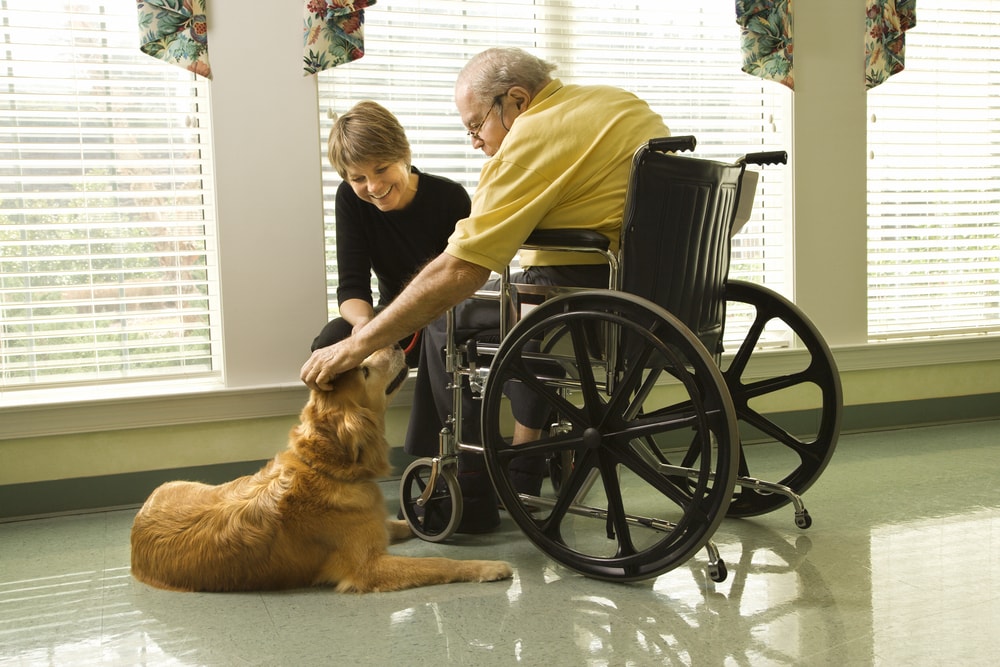
8. Work With a Professional Trainer
While there aren’t a whole lot of specific requirements for PSDs, it’s still essential to ensure that they’re well-trained and equipped to perform their tasks consistently and reliably. Working with a professional dog trainer can be a great way to get started and build a strong foundation for you and your dog.]
A professional dog trainer can help with teaching your dog basic obedience skills and exposing them to different environments and situations in manageable increments. Some dog trainers are also experienced in training and working with service dog candidates and can provide a lot of advice on the training process. It’s much easier to have someone walk you step by step in training your dog, especially if you have little experience in training dogs to perform specific tasks.
If you are struggling with your dogs behavior, we suggest speaking to a vet
If you need to speak with a vet but can't get to one, head over to PangoVet. It's an online service where you can talk to a vet online and get the personalized advice you need for your pet — all at an affordable price!

 What Makes a Service Dog?
What Makes a Service Dog?
There is a lot of confusion about what precisely makes a service dog. So, we have broken it down to make it easy for you to understand.
A service dog needs the following:
- To be well-behaved, controlled in public spaces, and not a threat to others or disruptive
- To be trained to perform a specific task to aid a person’s disability
- To comply with local animal control and public health laws.
A service dog does not need:
- To be a specific breed of dog
- To wear any special identification, harnesses, or badges. These items can be helpful for signaling a working dog but do not constitute proof that the dog is a service animal
- Certification or specific professional training
Psychiatric Service Dog vs Emotional Support Animals
The main difference between PSDs and emotional support animals (ESAs) is that PSDs are trained to perform specific tasks, while ESAs provide comfort and companionship. PSDs typically require more training because they must accompany their handlers everywhere and perform more complex tasks. While establishments can’t refuse PSDs, they can refuse ESAs from entering their property.
A PSD is also different from a therapy dog. A therapy dog is trained to provide comfort to multiple people in various settings, such as disaster areas, hospitals, schools, and hospices. A PSD can provide emotional support, but they’re trained to help one person rather than multiple people.
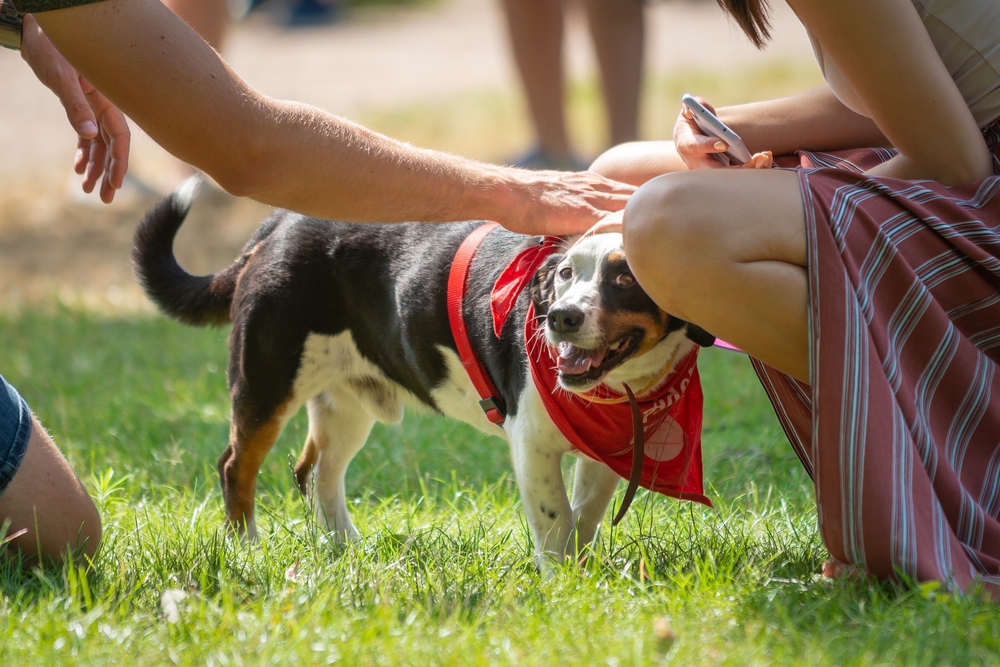

Conclusion
Training dogs to become PSDs will take a lot of time and patience, but it’s always worth the effort because of the amazing help and relief they can bring. Start by looking for a dog that has a temperament that best matches the tasks they’ll have to learn to do. It’s often helpful to work with a professional dog trainer to ensure you and your dog get a strong start. As you stick with training, your dog will eventually become a well-trained PSD and have an important job in helping people who really need it.
Featured Image Credit: PEPPERSMINT, Shutterstock
